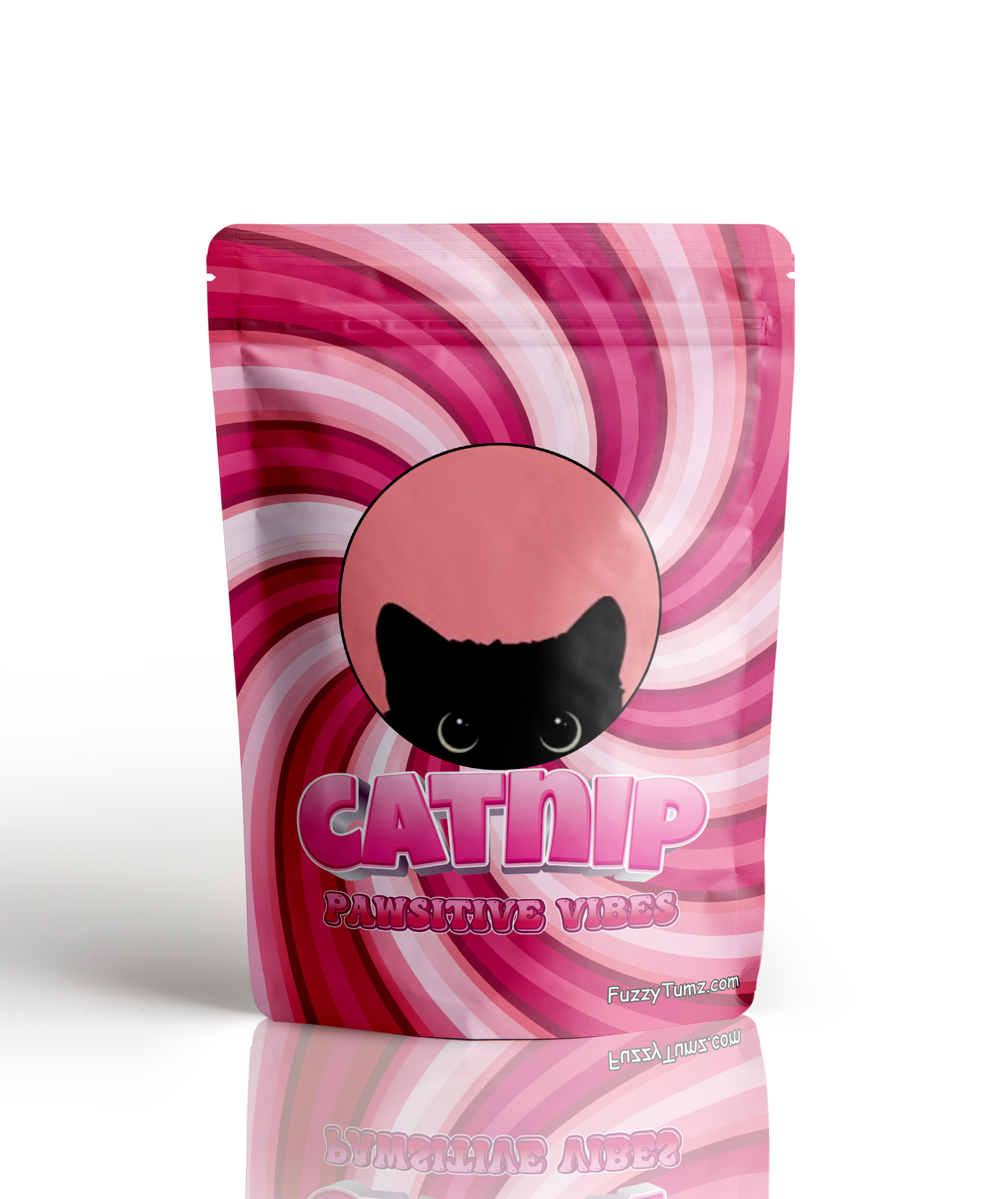Home » Cat Plants » Could the Horsehead Philodendron Plant Harm Your Cat?

The Horsehead Philodendron (Philodendron bipennifolium), also known as the Fiddle Leaf Philodendron, is a popular houseplant known for its attractive, glossy leaves. However, this plant can be toxic to cats if ingested. The plant contains insoluble calcium oxalate crystals, which can cause irritation and discomfort when chewed or swallowed.
The Horsehead Philodendron is commonly found in homes and gardens as a decorative plant.
Ingestion may cause mild gastrointestinal upset, but is generally not life-threatening.
Ingestion can result in mild symptoms like vomiting, diarrhea, or drooling. Rarely fatal but may require veterinary care.
Eating these plants can lead to more pronounced symptoms like abdominal pain, lethargy, or difficulty breathing. Veterinary intervention may be necessary.
Ingesting even small amounts can cause severe symptoms like organ damage, seizures, or cardiac failure without rapid treatment.
All parts of these plants are extremely poisonous to cats and can quickly lead to death, even with immediate veterinary care.
** Please note: Please note that toxicity level can vary based on the amount ingested and the specific cat. It's always best to keep these plants completely inaccessible to cats and seek immediate veterinary care or call the poison hotline if you suspect your cat has ingested any part of a toxic plant.
If a cat ingests any part of the Horsehead Philodendron, it may experience various symptoms due to the plant’s toxic properties. The plant contains insoluble calcium oxalate crystals, which can cause irritation and discomfort when chewed or swallowed. Common symptoms include:
If you suspect your cat has ingested a Horsehead Philodendron, it is essential to seek veterinary care. Your veterinarian will likely follow these steps to diagnose the issue:
For more information on the diagnosis and treatment of Horsehead Philodendron poisoning in cats, visit the ASPCA Animal Poison Control Center.

A: Yes, Horsehead Philodendron is toxic to cats. Ingesting this plant can cause symptoms such as vomiting, drooling, and difficulty swallowing.
A: Symptoms of Horsehead Philodendron poisoning in cats include vomiting, excessive drooling, and oral irritation. Cats may also experience difficulty swallowing and decreased appetite.
A: If your cat has ingested Horsehead Philodendron, seek immediate veterinary care. Treatment often involves rinsing the mouth and providing supportive care to alleviate symptoms.
A: Yes, other plants like Dieffenbachia and Golden Pothos are also toxic to cats. It is essential to keep these and other harmful plants out of reach of your pets.
A: To prevent your cat from eating Horsehead Philodendron, place the plant in an area inaccessible to your cat or opt for pet-safe plants. Providing alternative chew toys and engaging activities can help deter your cat from chewing on houseplants.
A: If your cat shows signs of poisoning after eating Horsehead Philodendron, contact your veterinarian immediately. Prompt treatment is crucial to alleviate symptoms and prevent serious health complications.
The Horsehead Philodendron is native to the tropical regions of South America, specifically Brazil and Argentina. It belongs to the Araceae family, which includes many popular houseplants known for their attractive foliage.
The plant’s scientific name, Philodendron bipennifolium, refers to its distinctive leaf shape, which resembles a horse’s head or a fiddle.
Please note: The information shared in this post is for informational purposes only and should not be considered as veterinary medical advice.
